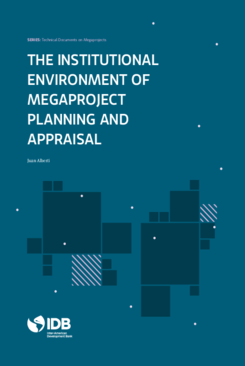The Institutional Environment of Megaproject Planning and Appraisal
Date
Jul 2019
This paper compares the contributions of three different approaches to the analysis of the institutional environment of transport policy development and megaproject planning and appraisal: the sociological approach to institutions; the political new institutionalism; and new institutional economics. It shows that institutions have been usually understood in different ways by these fields, emphasizing different elements of this relevant subject. It is here recommended to follow Scott (2012) who claims that while one approach may be more suited to study a particular dimension, others may be better suited to study other dimensions. This author claims that there are three pillars of institutions: cultural-cognitive elements, normative elements and regulative elements. They are linked to the abovementioned approaches. The cultural-cognitive element is related to symbols (including words, signs, and gestures), which shape the meaning of objects and activities, the normative element is associated with rules that introduce a prescriptive, evaluative and obligatory dimension into social life, and the regulative elements refer to rule-setting, monitoring and sanctioning activities. his paper shows that the key to understand the challenge of analyzing the institutional environment of megaproject planning and appraisal is to be aware of the different institutional elements in place, and to use the most suited approach to analyze each one of them. Moreover, it also illustrates that there are no “pure cases” where only one element is responsible for the outcomes, and depending on the pillar under analysis, one of the abovementioned approaches to institutions may be more suited as a conceptual framework to thoroughly analyze the problem.




